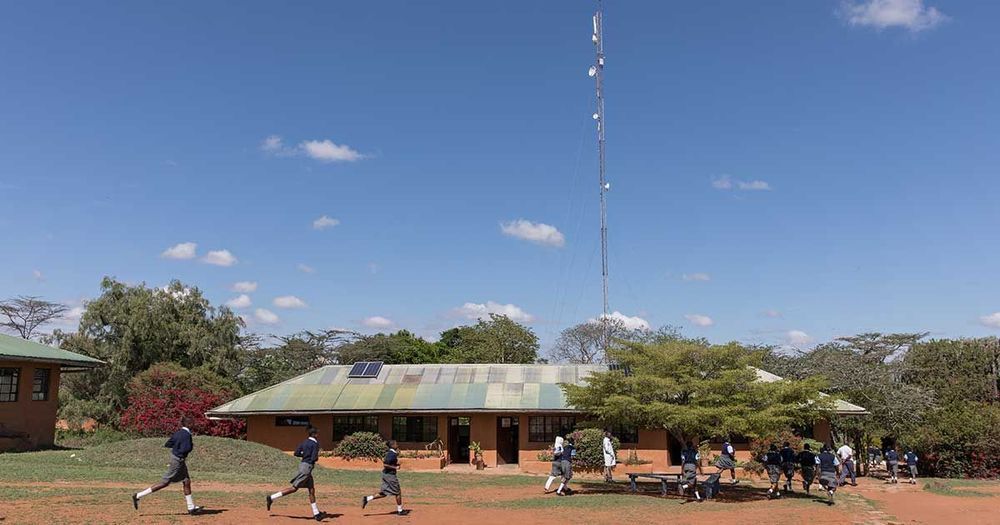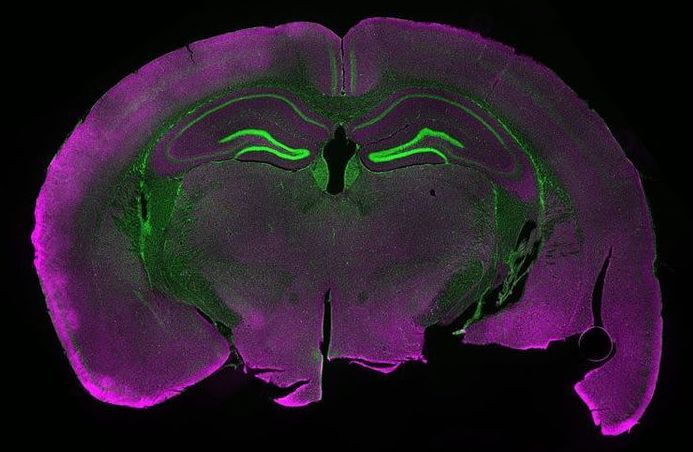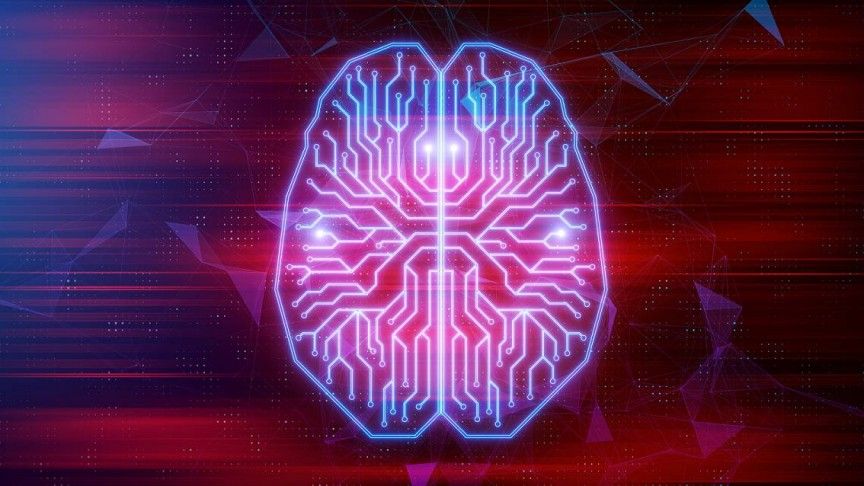Nowhere is that clearer than in Africa, which has the world’s lowest share of people using the internet, under 25%. The cohort of 800 million offline people spread across the continent’s 54 countries is younger and growing faster than most, but incomes are lower and a larger share of residents live in rural areas that are tough to wire for internet access—or, for that matter, electricity. Now, however, a handful of phone purveyors are trying in greater earnest to nudge internet-ready upgrades into African markets, with models designed with an eye toward rural priorities (first those of rural India, where they’re already hits), rather than battered thirdhand flip phones from the heyday of the Spice Girls.
About half of humanity don’t have internet access, and a lot of those people are in Africa. Enter a $20 device with smartphone brains and a five-day battery.







